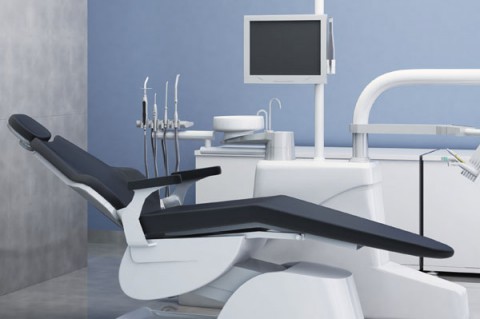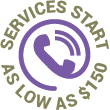
Hygiene and Infection Control is of paramount importance in dentist offices. The elimination of infection risk, whether to patients or health care professionals, is regarded as a priority. It is now well known that infectious diseases such as Tuberculosis, MRSA, C. Difficile and Norovirus can be spread by airborne transmission in addition to physical transportation. Given these facts, it is not surprising that dental industry professionals around the world are continuously seeking new ways of controlling the problem.
Clinical contact surfaces come into direct contact with oral health professionals' contaminated gloves or are subject to contamination from the spray, spatter, and aerosol generated during dental procedures. When not properly decontaminated between patients, these surfaces can carry the risk of cross-contamination between patients and between patients and dental personnel. Examples of clinical contact surfaces include: light handles and switches, computers, drawer pulls, countertops, X-ray equipment, nitrous oxide equipment, and reusable containers of dental materials.
Given the apparent limitations of conventional methods of infection control to stem the rise in nosocomial infections, there is a pressing need to develop alternative approaches of control. The problem is compounded by the fact that many of the microorganisms responsible, such as MRSA, are multiple antibiotic resistant. UV-C is highly effective against many pathogenic microorganisms and has the potential for reducing the spread of airborne infections in dental offices.
Some surfaces, such as headrests with deep seams, digital radiographic sensors, endodontic microscopes, and computer keyboards, are difficult to clean and disinfect with chemical germicides due to their shape, size, or sensitivity to moisture or chemicals. A number of alternative technologies for disinfection of clinical contact surfaces are being explored.Ultra Violet Technologies is on the forefront of the use of ultraviolet (UV) irradiation. At certain wavelengths, UV light will break the molecular bonds in DNA, destroying the organism. Our service team will UV unit can be used in a patient room after discharge to eliminate vegetative bacteria, including methicillin-resistant Staphylococcus aureus.
Ultra Violet Technologies manufactures a portable decontamination device, that uses ultraviolet technology for decontamination of hard surfaces such as those found in an exam rooms.
Benefits
- There are no dangerous odors or residues from harsh cleaning agents
- No potentially harmful chemicals that require special use and protective equipment
- Less downtime for exam rooms
- Dramatically reduce bio-contaminants such as viruses and bacteria
- Destroy thousands of airborne contaminants including mold, viruses, bacteria, allergens, germs, chemicals and VOCs
- Kills 99.99% of viruses and pathogens
- No toxic waste
- Reduce cost and save time
- A “Green” Technology



